Can I Bring That on the Plane? The Ultimate TSA Guide to Keychains, Multitools & TSA Key Locks

Traveling with EDC? Here’s What TSA Really Allows
Can you bring a multitool on a plane? What about a keychain with a built-in tool or even a small key-sized multi-tool? If you’re like most travelers with everyday carry (EDC) gear, you’ve probably asked these questions right before heading to the airport or even while standing in line at the TSA checkpoint. And you’re not alone.
Here’s the truth: TSA rules are not black and white—they live in a gray zone. The Transportation Security Administration (TSA) publishes broad guidelines, but the final decision always comes down to the TSA agent at the checkpoint. What clears security in Austin might get flagged in Atlanta.
The sheer number of EDC items found in government surplus auctions shows that many don't make it through TSA screening.

The above image, courtesy of the TSA website, is just from the Lehigh Valley International Airport, one of more than 5,200+ public-use airports in the U.S.
So, can you bring that keychain, multi-tool, or TSA key lock through TSA and onto the plane? It depends. But here’s your clearest, most practical breakdown of what’s usually allowed, what gets flagged, and how to minimize your chances of trouble.
In this guide, you’ll learn:
- What TSA actually says about multitools, keychains, and travel locks
- How to avoid having your EDC gear confiscated
- Which multitools are carry-on safe, and which must go in checked bags
- Why Keyport’s TSA-friendly EDC gear is a game-changer for travelers
Whether you’re packing for a business trip, a weekend adventure, or a cross-country flight, this guide will help you travel smarter—with gear that won't get you into trouble or force you to leave it behind.
TSA Rules at a Glance: What You Can and Can’t Bring
TSA regulations can be confusing—especially when it comes to multitools, keychains, and travel locks. Here’s a quick breakdown of what’s typically allowed in your carry-on vs. checked bag.
For the official list, visit the TSA’s What Can I Bring? page.

Travel Tip: If your EDC includes anything questionable, pack it in your checked bag or bring a simplified travel setup.
The TSA Rulebook (And Why There’s No Simple Answer)
Even when your gear is technically compliant, it can still get flagged. Why? Because TSA rules are about features—not labels.
TSA Doesn’t Ban “Multitools” – It Bans Features
- External blades: ❌ Not allowed in carry-on
- Scissors under 4” from pivot: ✅ Usually okay
- Tools over 7 inches: ❌ Must be checked
- Aggressive design: 🚨 May get flagged even if compliant
TSA Agents Have Final Say
Agents make real-time decisions based on:
- Threat perception
- Item design and intent
- Local airport alerts and protocols
Inconsistency is built into the system. If you really don’t want to lose your item, check it.
What If You Disagree with the TSA Agent’s Ruling?
While there’s no formal appeals process at the checkpoint, you can ask to speak with a supervisor.
Pro Tip: Keep a screenshot of the relevant TSA page on your phone to support your case.
If still denied, you can:
- Return to the ticket counter to check it
- Use an airport mailing service (if available)
- Give it to someone not flying
- Surrender it permanently
⚠️ Once TSA confiscates an item, it’s gone—no returns or reimbursements.
That’s why the best move is preparation: travel with gear that’s designed to pass TSA screening with minimal risk.
Traveling with Keychains: What’s TSA-Friendly vs. What’s Not
Can I bring keychains on a plane? Yes, but it depends on what’s attached.
TSA-Friendly Keychains
- Basic metal keyrings and key organizers
- Decorative keychains (charms, bottlecaps)
- Smart key fobs (e.g., RFID chips, car remotes, OmniFob)
- Keyport Pivot or Keyport Slide
Gray Area Keychains
These items may be allowed, but could invite extra screening depending on the agent and airport. Design matters—subtle and sleek is safer than rugged and aggressive-looking. Anything with a sharp point is a risk.
- Bottle openers or small multitools
- Wrench or hex key tools
- Tactical-looking keychains (knurled, all-black metal)
Keychains That Will Be Denied
- Keychain knives (even small ones)
- Self-defense keychains (e.g., kubotans, spikes)
- Keychains with razor blades or shanks
TSA bans all knives and most self-defense tools from carry-ons, regardless of size or intent.
Pro Tip: If you’re flying, simplify your EDC. Leave anything questionable at home or pack it in checked baggage. The best travel keychains are low-profile, non-aggressive, and modular—like those in the Keyport ecosystem.
Multitools: Which Ones Are TSA-Approved?
Can you bring a multitool on a plane? Yes—if it’s blade-free and within TSA guidelines.
Multitools are some of the most useful and compact EDC gear you can own. But from TSA’s perspective, they’re also a category with high potential risk—so their approval depends entirely on what’s built in.
TSA-Approved Multitools (Carry-On Safe)
TSA isn’t just banning multitools with blades—they’re focused on anything that could be used to cut, stab, or injure someone. That means sharp edges, pointed tips, or obvious cutting implements are the biggest red flags.
That said, compact tools that include protected or internal cutting elements are often allowed through—especially if they’re designed to avoid presenting a threat.
Here’s what usually passes:
- Minimalist keychain multitools with no sharp points or exposed blades
- Tools under 7 inches, without locking mechanisms
- Keyport MOCA 10-in-1 Tool – Features an internal, non-threatening cutting edge and has passed TSA screening over 10,000 times

Note: Even TSA-safe tools can be denied if an agent believes the item poses a threat.
Multitools That Will Be Denied
- Any tool with a folding or fixed blade
- Multitools designed for self-defense or tactical use
- Knives, box cutters, or spike-like attachments
Wait… THAT’s Allowed? TSA’s Most Surprising Green Lights
So your tiny multitool gets flagged… but someone else just walked through with razor sharp ice skates?
Think TSA rules make perfect sense? Think again.
Some everyday carry items and sharp-looking tools get confiscated in a heartbeat… while others, somehow, are cleared to fly.
Here are just a few things that are surprisingly allowed through TSA checkpoints — according to the agency’s own “What Can I Bring?” tool:
- Knitting Needles - Even long, metal knitting needles are allowed in carry-ons. Because nothing says non-threatening like a 10-inch steel spike. TSA.gov – Knitting Needles
- Corkscrews (Without Blades) - If your corkscrew has no foil-cutting blade, it’s technically TSA-compliant. Just remember: open wine is fine, open logic is not guaranteed.
- Ice Skates - Full-size metal-bladed ice skates are allowed. Apparently if you can pirouette in them, they’re not a threat. It is worth pointing out that NHL player, Adam Johnson, died during a game after getting cut in the neck by a skate.
- Hammers & Tools Under 7” - Yes, even small hammers, wrenches, or screwdrivers are allowed in carry-ons—if they’re under 7 inches. That’s a hard no for your multi-tool with box opener, but a literal hammer? Sure.
So What’s the Takeaway?
TSA decisions aren’t always about what makes sense—they’re about how an object looks, functions, and how it’s perceived at the checkpoint. Even compliant items can be denied if they appear questionable.
That’s why experienced travelers lean into discreet, TSA-conscious gear that’s:
- Clearly non-threatening
- Compact and modular
- Designed with screening in mind
Keyport’s tools and key organizers are built for that exact purpose—gear that functions in the real world and clears the gray zones of airport security.
TSA-Approved Key Locks & Travel Security Gear
After seeing what TSA does allow—like ice skates and knitting needles—you might be wondering:
“Wait… can I at least lock my bag without it being cut open?”
Good news: Yes, you can—as long as you use the right kind of lock.
What Is a TSA Key Lock?
When it comes to luggage security, not all locks are created equal. Some are travel-smart, while others trip TSA alarms—sometimes literally.
If you’re locking up your gear for air travel, here’s what you need to know.
A TSA-approved lock is designed to be opened by TSA agents using a universal master key. These locks allow agents to inspect your luggage without breaking it open if your bag is flagged during screening.
Look for official certification logos like:
- Travel Sentry (red diamond symbol)
- Safe Skies (torch and keyhole icon)
Both are TSA-recognized and accepted at all U.S. airports.
Are TSA Key Locks Required?
No. You’re not required to use a TSA lock, but if you use a standard, non-approved lock and your bag gets selected for inspection, TSA is authorized to cut or destroy it.
Bottom Line: TSA locks aren’t mandatory, but they’ll save your gear from being damaged during inspection.
Can You Use a Lockbox Inside Your Luggage?
Yes—but with one major caveat. TSA has the right to access every part of your luggage. If you pack a locked container or small safe inside your checked baggage and TSA wants to open it, they’ll break it open if necessary.
Best Practice:
- Only lock internal containers if absolutely necessary
- Label them clearly
- Use TSA-approved outer locks to reduce risk
Travel Tip: Luggage security isn’t just about padlocks. It’s about packing in a way that’s clean, compliant, and easy to inspect. If your gear is modular and removable—like Keyport’s tool inserts or detachable keychains—you’re less likely to get flagged, delayed, or unpacked at security.
Real-World Tips to Breeze Through TSA Security
You’ve got your TSA-compliant gear, your luggage is locked, and your keychain is clear of anything questionable. But even if you’re following all the rules, how you present your gear at the checkpoint still matters.
Here’s how frequent flyers and EDC enthusiasts travel smarter and get through security faster.
Build a Travel-Mode EDC Setup
You don’t need your full gear loadout on every trip. Create a slimmed-down travel version that includes only TSA-compliant tools and essentials.
Keyport’s modular system makes this simple—remove anything questionable before your trip and pop in TSA-safe alternatives like the MOCA Tool, a flashlight module, or a pen insert.
Pack Your Gear for Easy Access
Keep multitools or compact organizers in a clear pouch inside your carry-on—not buried under chargers and granola bars. If TSA wants a closer look, make it quick and easy for them.
Don’t Volunteer What You Don’t Have To
If you’re carrying something TSA-compliant but borderline—like a minimalist multi-tool—stay quiet unless asked. Drawing attention to it may do more harm than good. Let it go through the scanner like everything else.
Pro Tip: TSA isn’t looking to confiscate clever gear… unless you give them a reason. For example, if a TSA Agent pulls out your multi-tool and asks you about it, pick the most innocuous tools to describe it - e.g. bottle opener, pry bar, key tool. The minute you mention it is a box cutter... or cutter of any kind, the Agent will have no choice but to take it.
Double-Check Before Every Trip
Just because something cleared TSA once doesn’t mean it always will. Rules change. Agents vary. Always check the latest policies—and your own gear—before you fly.
Consider TSA PreCheck
If you fly frequently, TSA PreCheck is a smart investment. You’ll breeze through shorter lines, avoid removing shoes or laptops, and benefit from faster screening procedures—which can reduce the likelihood of bag checks and gear delays. Just remember: TSA still has full discretion to inspect anything that raises a flag.
International Travel: TSA Rules Don’t Apply Everywhere
All the guidance in this post applies to U.S. domestic air travel and TSA-regulated airports. But if you’re flying internationally—or even connecting through another country—you’ll need to do more homework.
TSA Rules Stop at the U.S. Border
Every country has its own aviation security agency, laws, and list of restricted items. And in some places, the rules are stricter and far less forgiving than what you’re used to.
Example: Singapore
Singapore’s Changi Airport is one of the most secure and efficient in the world—but it also enforces extremely strict customs regulations.
- You cannot bring chewing gum into the country without a prescription (yes, really).
- Self-defense items like kubotans or tactical keychains are strictly prohibited.
- Even common tools may be viewed as contraband or weapons under local law.
What clears TSA might get you fined, detained, or worse overseas.
Travel Tip:
Before flying internationally, always check:
- The departure country’s security rules
- Any countries you connect through
- The destination country’s customs and import laws
And when in doubt? Leave it out. That $25 tool isn’t worth a $500 fine or a missed flight.
Keyport – TSA-Friendly Innovation in Your Pocket
After all that? You might be wondering if any EDC gear is worth carrying when you fly.
The answer is yes—if it’s built to adapt.
That’s exactly what sets Keyport apart: a modular, TSA-conscious EDC system that blends utility, minimalism, and real-world travel awareness.
Why Keyport Is Travel-Ready by Design
Keyport gear is engineered with the unpredictable nature of TSA in mind. You’re not locked into a single setup—you’re free to adapt, upgrade, or swap out tools based on your travel plans.
Here’s what makes Keyport perfect for flyers:
- Modular Design – Tools snap in and out so you can customize your setup pre-flight
- Minimalist Profiles – No bulky bulges or threatening silhouettes
- Functional without Blades – Tools like the MOCA 10-in-1 Tool offer real utility without triggering scanners
- Quick Access + Smart Tech – Flashlights, USBs, pens, and even emergency info modules—without the risk
Designed for People Who Know Better
Keyport isn’t trying to look tactical, flashy, or aggressive. It’s built for people who know the drill:
- Travelers who want form and function
- EDC enthusiasts who value versatility over bulk
- Minimalists who appreciate clean design that just works
- Frequent flyers who don’t have time for security drama
“It’s the gear I use every day. And it’s the only gear I trust to fly with.” ~ The guy in boarding group 1 with the Keyport Pivot
Travel Smart, Carry Smarter
TSA rules may be inconsistent, frustrating, and occasionally absurd—but that doesn’t mean you have to surrender your EDC mindset every time you board a plane.
The key is understanding what TSA really looks for—and being prepared with gear that won’t get flagged, delayed, or tossed in a bin.
With smart planning and purpose-built tools like Keyport’s TSA-friendly system, you can carry what you need, skip what you don’t, and fly with confidence.
Because when your gear is modular, minimal, and designed with intention, travel becomes less about restrictions—and more about freedom.
Build Your TSA-Ready EDC Setup
If you’ve ever had a favorite tool taken away at a checkpoint—or spent five extra minutes explaining your keychain—this is your sign to upgrade.
Explore Keyport’s TSA-Friendly Gear
- ✈️ Designed to fly
- 🔐 Built for daily use
- 🧩 Modular to match your lifestyle
- 😌 Trusted by travelers, minimalists, and gear nerds who know better
Designed for the real world. Built to pass all your tests—including the one at the airport.
Frequently Asked Questions (FAQs) – TSA and Travel-Friendly EDC
Can I bring a keychain on a plane?
Yes, TSA allows keychains on a plane. Basic keychains are permitted in carry-on bags, but if your keychain includes a knife, spike tool, or anything weapon-like, it may be confiscated during screening.
Can you bring a multitool on a plane?
Yes, you can bring a multitool on a plane—if it doesn’t have a blade or prohibited features. TSA-approved multitools must be bladeless, compact, and non-threatening. Tools like the Keyport MOCA II are travel-ready, but TSA agents have final discretion at every checkpoint.
What kind of multitool is TSA-approved?
A TSA-approved multitool is one that does not include any blades or sharp, weapon-like features. Acceptable tools are usually under 7 inches and include pliers, scissors, or screwdrivers. Keyport’s MOCA 10-in-1 Multi-Tool is a good example of a TSA-friendly multitool.
Can I bring a corkscrew on a plane?
Surprisingly yes, you can bring a corkscrew on a plane—as long as it does not include a foil-cutting blade. TSA allows bladeless corkscrews in carry-ons, but versions with small knives are prohibited.
Are TSA-approved locks required for checked luggage?
TSA-approved locks are not required for checked luggage, but they are highly recommended. If you use a non-TSA lock and TSA needs to inspect your bag, they may cut it off. TSA-recognized locks can be opened and relocked without damage.
Can TSA agents confiscate items that are technically allowed?
Yes, TSA agents can confiscate items even if they’re technically allowed. Final decisions are made by the on-site agent. If an item appears dangerous, tactical, or suspicious, it may be denied regardless of guidelines.
What tools are definitely not allowed in carry-on luggage?
TSA does not allow the following tools in carry-on luggage:
- Folding or fixed blades
- Box cutters or utility knives
- Self-defense tools (e.g., kubotans)
- Spiked or tactical gear
These must be packed in checked baggage.
Can I bring a hammer or screwdriver in my carry-on?
Technically, you can bring a hammer or screwdriver in your carry-on if it’s under 7 inches long. Since you aren't going to be using a hammer or screwdriver on the plane, we highly recommend you stow it in your checked baggage. Only if you don't have any checked luggage would we suggest taking it onboard in your carry-on. TSA allows certain small tools, but agents may still inspect them or deny entry based on appearance.
Can I bring my Keyport gear through TSA?
Yes, you can bring Keyport gear through TSA—as long as it’s configured without blades or restricted tools. The Keyport Pivot and Slide are both fine, and the MOCA 10-in-1 Tool has accompanied key organizers and keychains on tens of thousands of flights.
Is there a TSA-approved list I can check before my flight?
Yes, TSA provides an official searchable list called “What Can I Bring?” You can check specific items for carry-on or checked baggage approval here: TSA.gov – What Can I Bring?.
How can I find out if an item is TSA-approved?
TSA offers multiple resources to help travelers determine whether an item is allowed in carry-on baggage, checked baggage, both, or neither:
- Text "AskTSA" (275-872): Get 24/7 answers from a virtual assistant via SMS.
- Message @AskTSA on X (aka Twitter): Agents respond daily between 8 a.m. and 6 p.m. Snap a picture or send a question.
- Facebook Messenger: Ask questions directly to TSA staff.
- Use the “What Can I Bring?” tool: TSA’s searchable database.
- Download the myTSA App: Free app with travel tips and the “Can I Bring?” feature.
These tools make it easy to get real-time guidance before heading to the airport.
Just keep in mind that TSA agents at each security checkpoint have the final say and the ultimate discretion to allow or deny any item based on their assessment of safety or risk.
Safe travels!


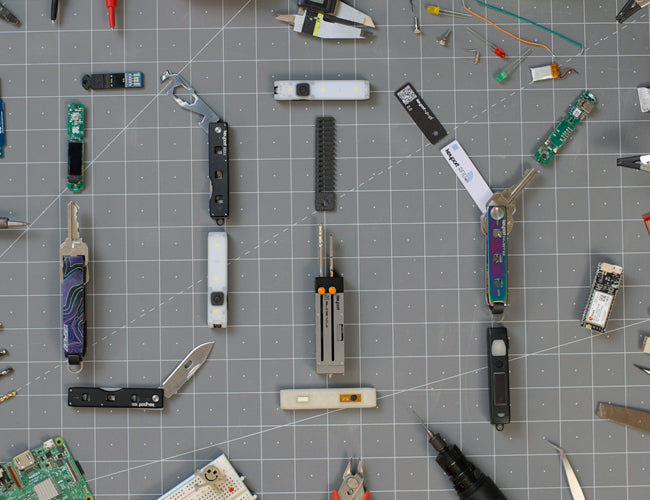
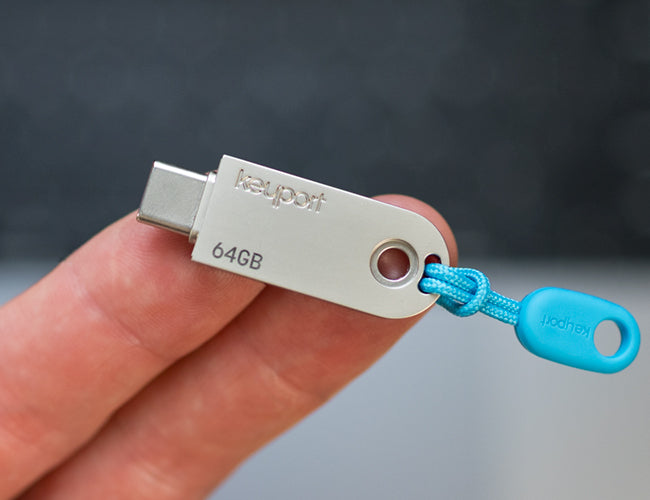
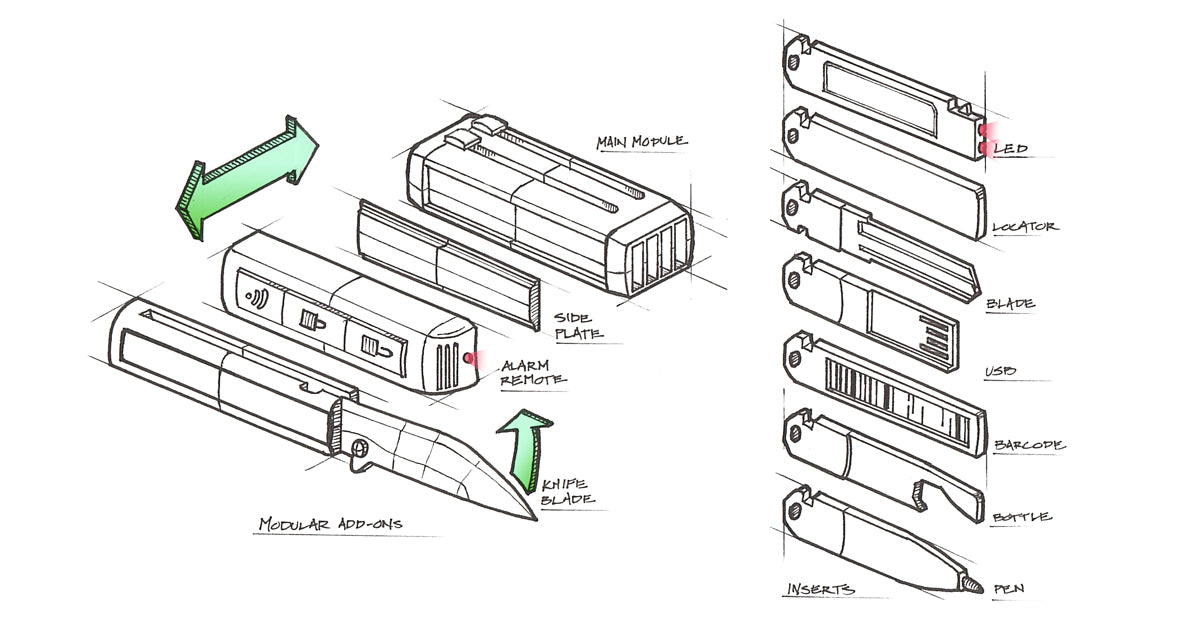
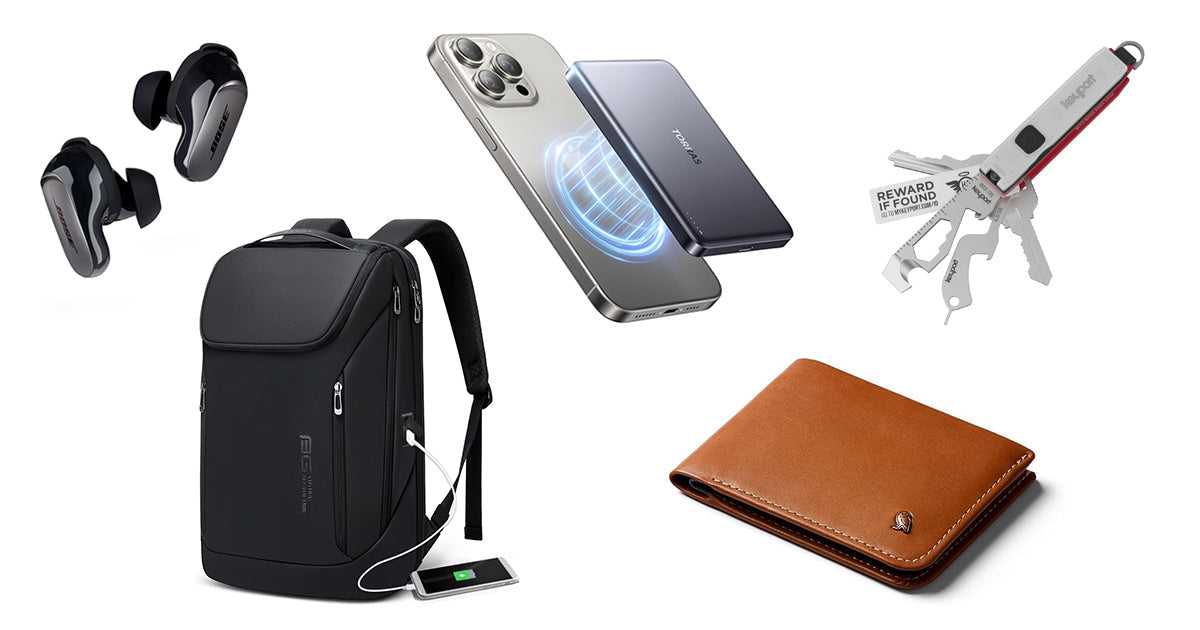

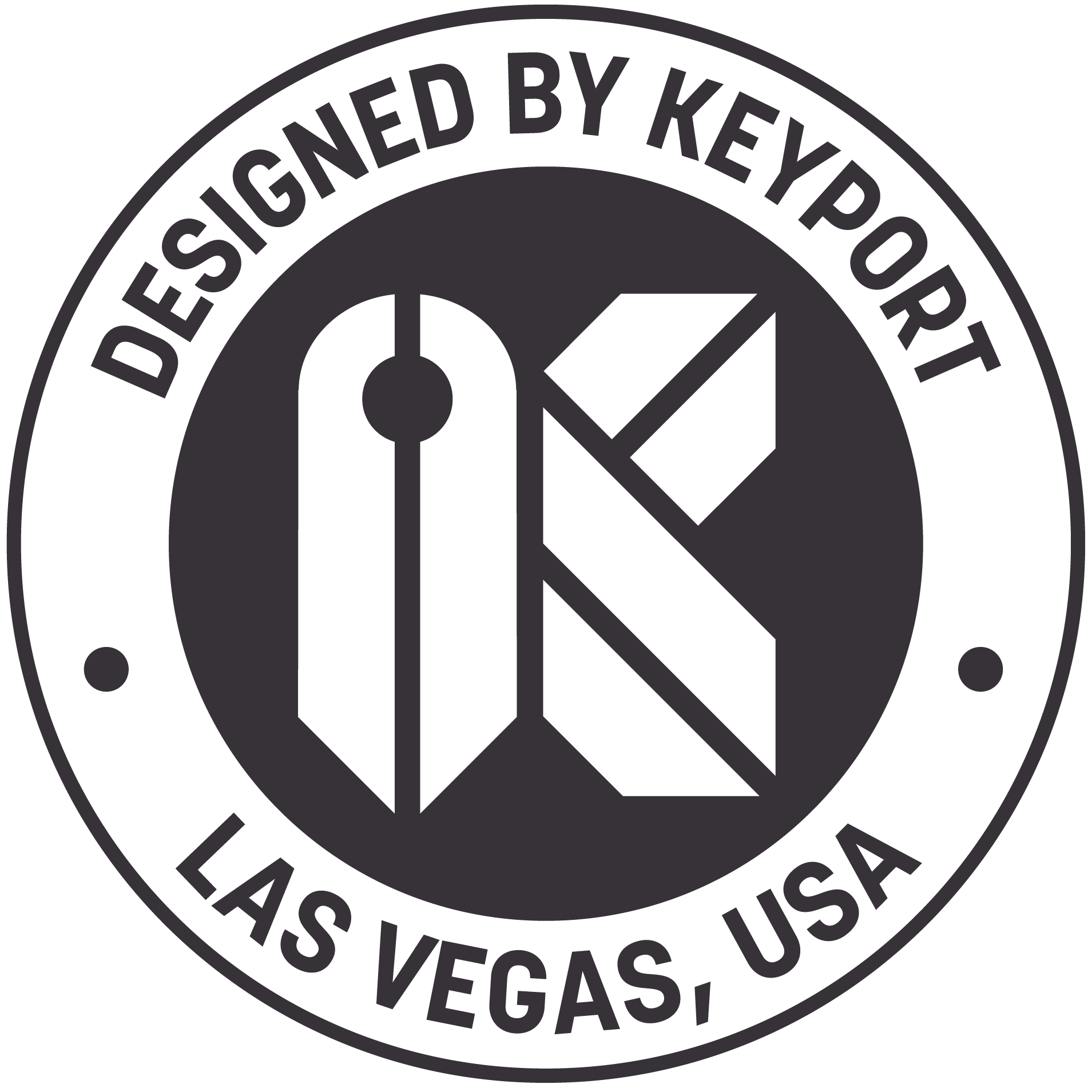
Leave a comment
This site is protected by hCaptcha and the hCaptcha Privacy Policy and Terms of Service apply.